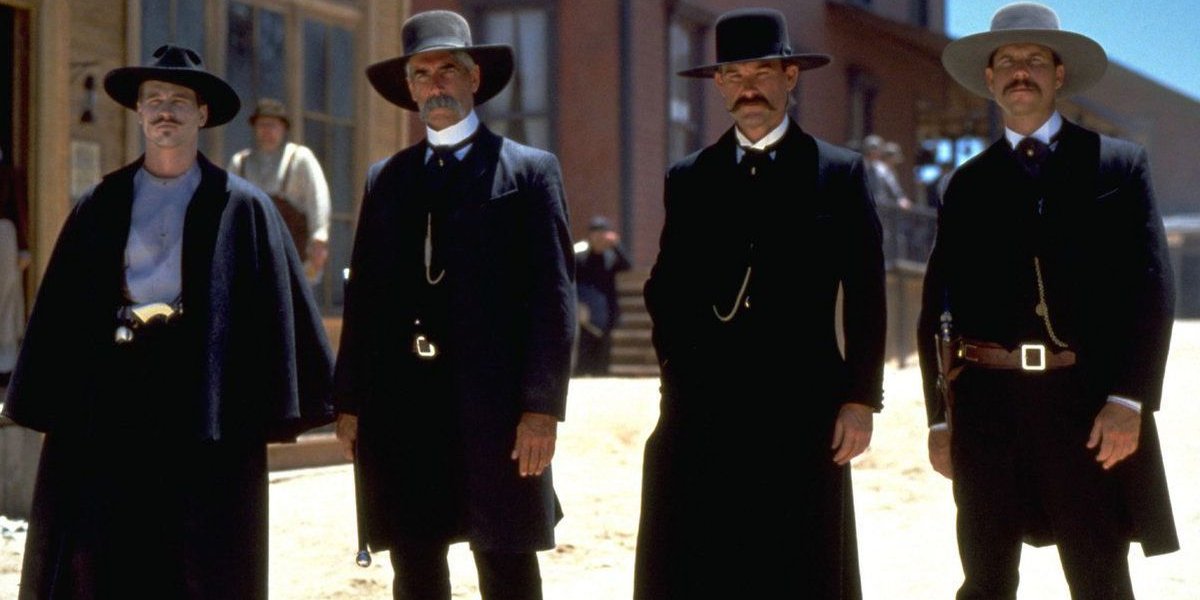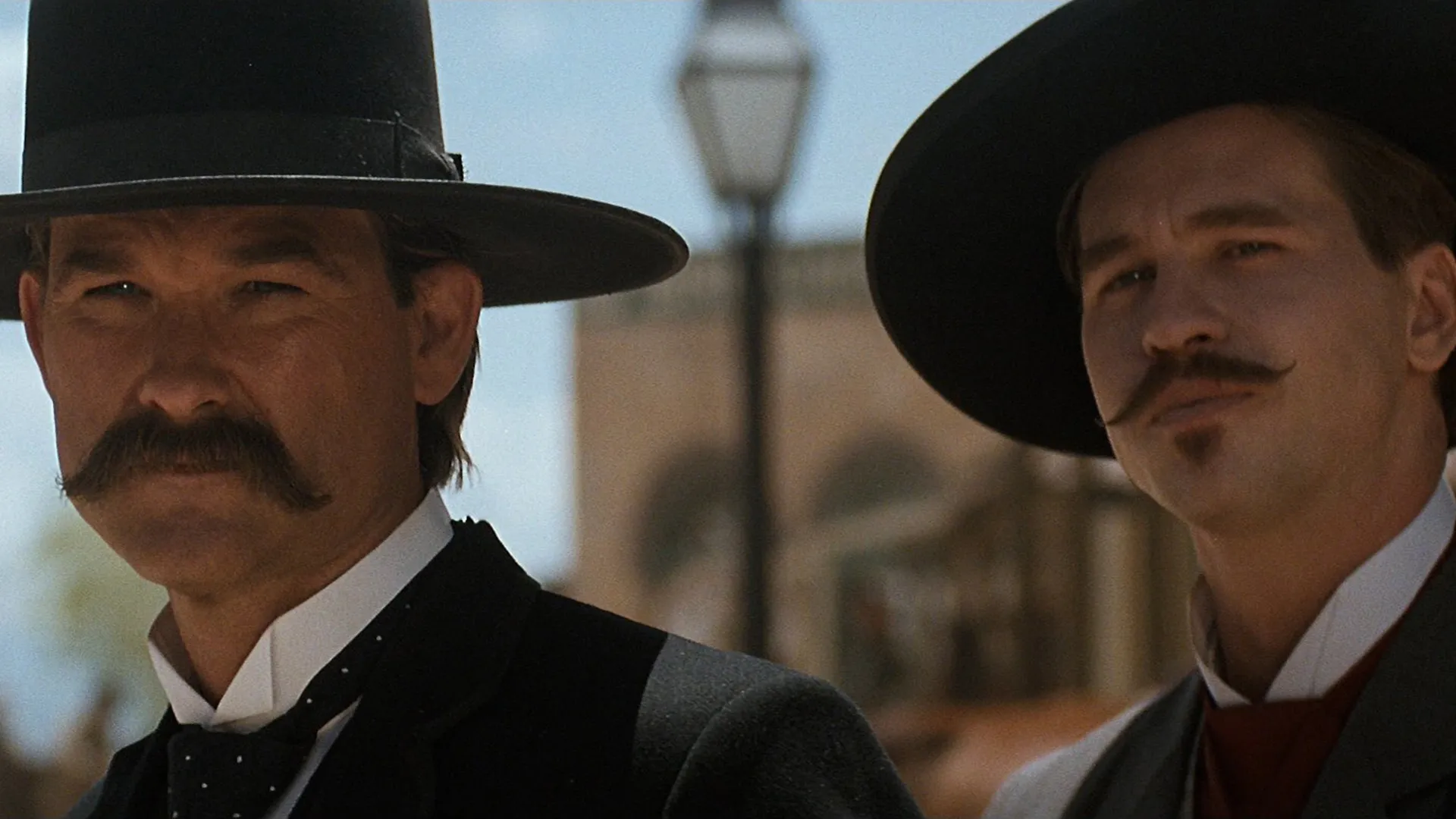This year, Cult of Whatever is looking back on some of the great movies of 1993. It’s been twenty-five years since these films first captivated audiences. Some of them were blockbuster hits, while others needed a few years on home video to find their groove. Whatever their box office intake, these movies are genuine classics and deserve recognition, even years after the fact.
In January we looked at the brilliant comedy-slash-philosophical examination that is Groundhog Day. in February it was Sleepless in Seattle, easily one of the greatest “romantic-comedies” in history. In March we remembered the late-great Robin Williams and the endlessly-rewatchable comedic stylings of Mrs. Doubtfire. In May we looked at the thrilling mystery, The Fugitive.
In June we talked about Batman and the overlooked (at the time) cult classic that is Mask of the Phantasm, and in July it was The Sandlot, one of the greatest baseball movies ever. Sure, there was school and college and wise old men here and there, and Wikipedia is a treasure trove of easily-attained info, but it’s all white noise compared to Tombstone‘s many important life lessons.

Tombstone has an interesting history behind it. It was released by Hollywood Pictures (owned by Disney) in December 0f 1993, only six months before another film featuring Wyatt Earp was released: In the summer of 1994, Warner Bros. released Wyatt Earp. It might seem odd for two movies about the same old west law man to be released so close together, but in fact there’s a very simple explanation:
Kevin Costner is a very prideful person.
Costner was hot off the success of Dances with Wolves and pitched to Warner Bros. a six-part western TV mini-series based on the life of Wyatt Earp. WB signed off without question and put the project into pre-production. Around that time Costner was also pitched a part in a movie about Earp. Though he read the screenplay, he passed on the project and decided to change his idea from a TV special to a feature film.
Had he signed onto what became Tombstone, he would have had far less creative control over the already-in-development product. His own Wyatt Earp film was his own personal passion project, so he forged ahead, expecting his name and a larger budget to win the day. Instead, Tombstone beat them to the theaters, beat them at the box office and beat them in the court of (long-term) public opinion. Anyway, back to the really important stuff. Life lessons are easily attained, but few come as rapidly and as certain-to-satisfy as those found in Tombstone.

That’s just a dozen; there are countless more. It’s a film that remains as watchable today as it was in 1993. Kurt Russel nails the mixture of intensity and weariness that hung over the character. Powers Boothe is deranged and smarmy and yet captivating all at the same time. There’s even a stiff-but-fun Charlton Heston cameo (complete with matching mustache!). The lone weak link is Bill Paxton, but pobody’s nerfect; the film’s cast is lightyears ahead of the Costner film, as is every other aspect of the movie.
Unlike Tombstone (which was just a hair over two hours), Costner’s movie was a three-hour epic, less an action-western and more a western-biopic. Tombstone was bright and colorful while Wyatt Earp was more grounded, serious and drab. Tombstone cared less about historical authenticity and more about delivering a fun time; Wyatt Earp wanted to be real, even if real was more boring.
As a result, twenty-five years later, people still talk about and quote Tombstone and few ever remember Wyatt Earp came out six months later. Next year, when people look back on the great movies of 1994, films like Forest Gump, The Lion King, True Lies, and Pulp Fiction will be mentioned; Wyatt Earp will not be. But Tombstone? That’s a movie that still resonates, is still endlessly quotable, still dispenses valuable life lessons and is still awesome, twenty-five years later.
